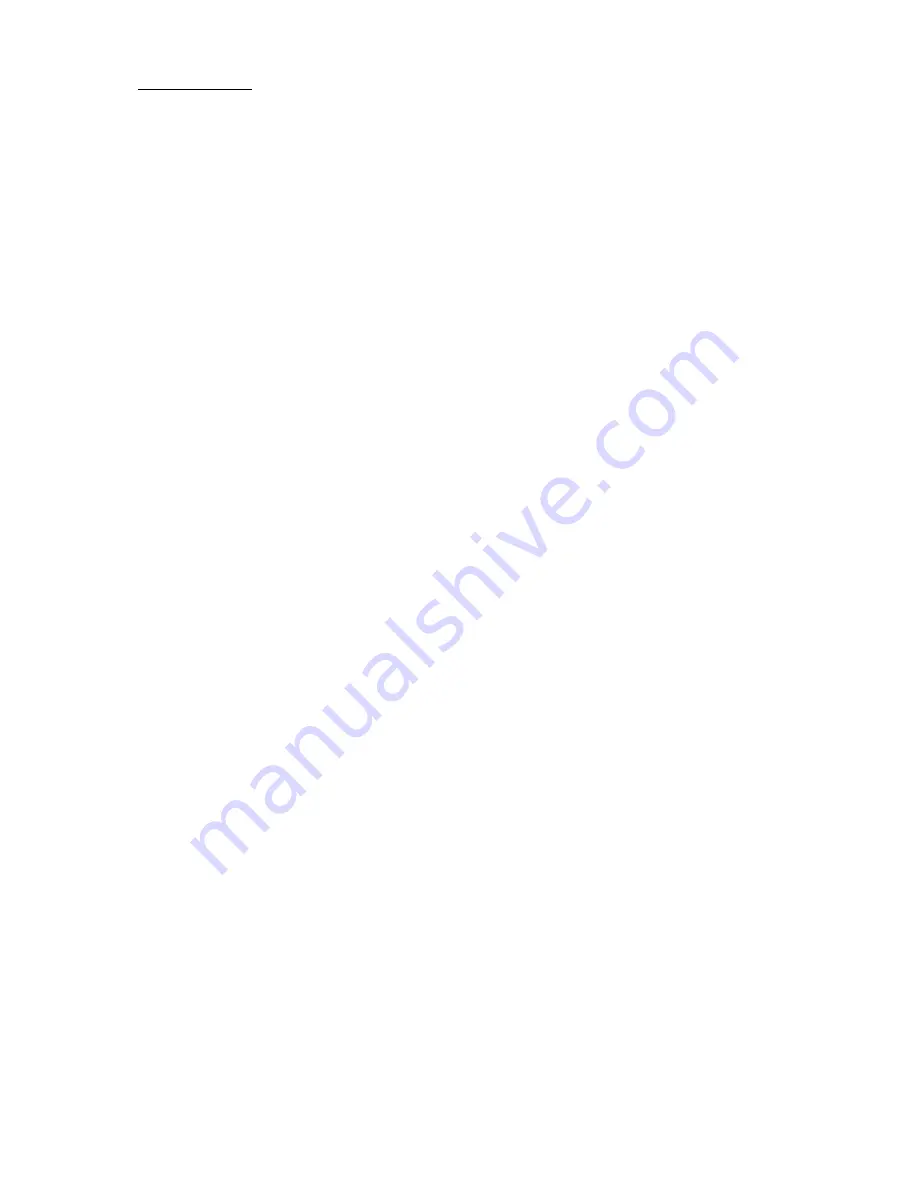
VMK88-MANUAL________________________________
Controllers
________________________________________2________________________________________
Common controller Numbers
1 Modulation Wheel (0-127)
2 Breath Controller (0-127)
4 Foot Controller (0-127)
5 Portamento Time (0-127)
6 Data Slider (0-127)
7 Main Volume (0-127)
8 Balance (0-127)
10 Pan (0-127)
11 Expression (0-127)
16 General Purpose num1 (0-127)
17 General Purpose num2 (0-127)
18 General Purpose num3 (0-127)
19 General Purpose num4 (0-127)
64 Sustain Pedal (0 or 127)
65 Portamento On/Off (0 or 127)
66 Sustenuto Pedal (0 or 127)
67 Soft Pedal (0 or 127)
69 Hold 2 (0 or 127)
80 General Purpose num5 (0-127)
81 General Purpose num6 (0-127)
82 General Purpose num7 (0-127)
83 General Purpose num8 (0-127)
92 Tremolo Depth (0-127)
93 Chorus Depth (0-127)
94 Celeste (Detune) Depth (0-127)
95 Phase Depth (0-127)
96 Data Increment (0 or 127)
97 Data Decrement (0 or 127)
121 Reset all Controllers (0)
122 Local Control On/Off (0 or 127)
123 All Notes Off (0)
Controllers
Among the Midi messages (note that on/off is a Midi message) is a set of 128 “continuous
controller ”messages (often abbreviated “CC ”). These are mainly used to send the movements
of knobs, sliders, pedals, and so forth. For example, a synth’s modulation wheel is sending a
CC message which will almost always be CC number 1.
(See list below.)
Each CC has a possible
range of 0 –127, so when you move a mod wheel down to its rest position, it should send a CC
number 1 message with a value of 0, and when you push it up to its highest point it should send
a CC number 1 message with a value of 127. The VMK-88 takes this Midi capability and puts
the control in the hands of the user. All of the VMK-88’s knobs, sliders and pedal inputs may
be programed to transmit these CC values.
Certain of the CC numbers are reserved for particular purposes. For instance, CC64 is the
sustain pedal. In fact, several of the controllers (64, 65, 66, etc.) are defined as on/off switches
rather than as continuous: Your sustain pedal will probably send a CC64 message with a value
of 127 when
pressed
, and another CC64 message with a value of 0 when
released
. This comes
into play when programing the pedal inputs. The VMK-88 and a sequencer or audio program
can give you an almost unlimited number of routing possibilities to control the various
functions of the program(s) you’re using. Check with your software manual for details specific
to your need.





































